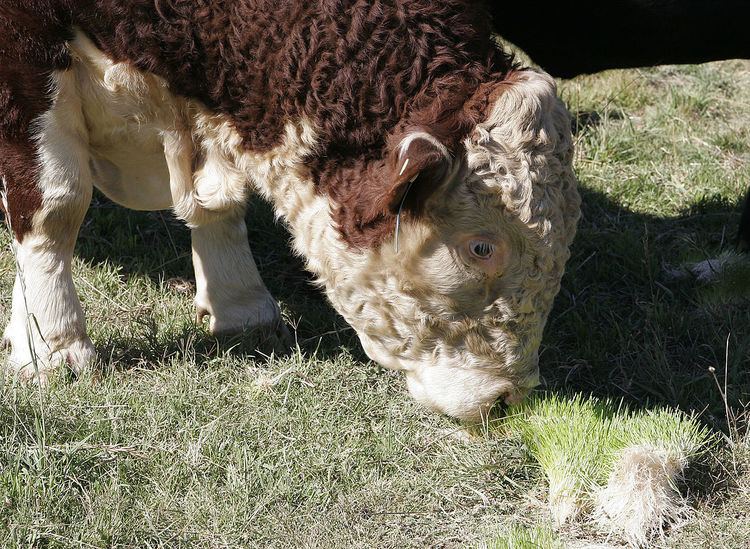 | ||
Forage is plant material (mainly plant leaves and stems) eaten by grazing livestock. Historically, the term forage has meant only plants eaten by the animals directly as pasture, crop residue, or immature cereal crops, but it is also used more loosely to include similar plants cut for fodder and carried to the animals, especially as hay or silage. The term forage fish refers to small schooling fish that are preyed on by larger aquatic animals.
Contents
While the term forage has a broad definition, the term forage crop is used to define crops, annual or biennial, which are grown to be utilized by grazing or harvesting as a whole crop.
Grasses
Grass forages include:
Herbaceous legumes
Herbaceous legume forages include:
Tree legumes
Tree legume forages include:
Silage
Silage may be composed by the following:
Crop residue
Crop residues used as forage include:
